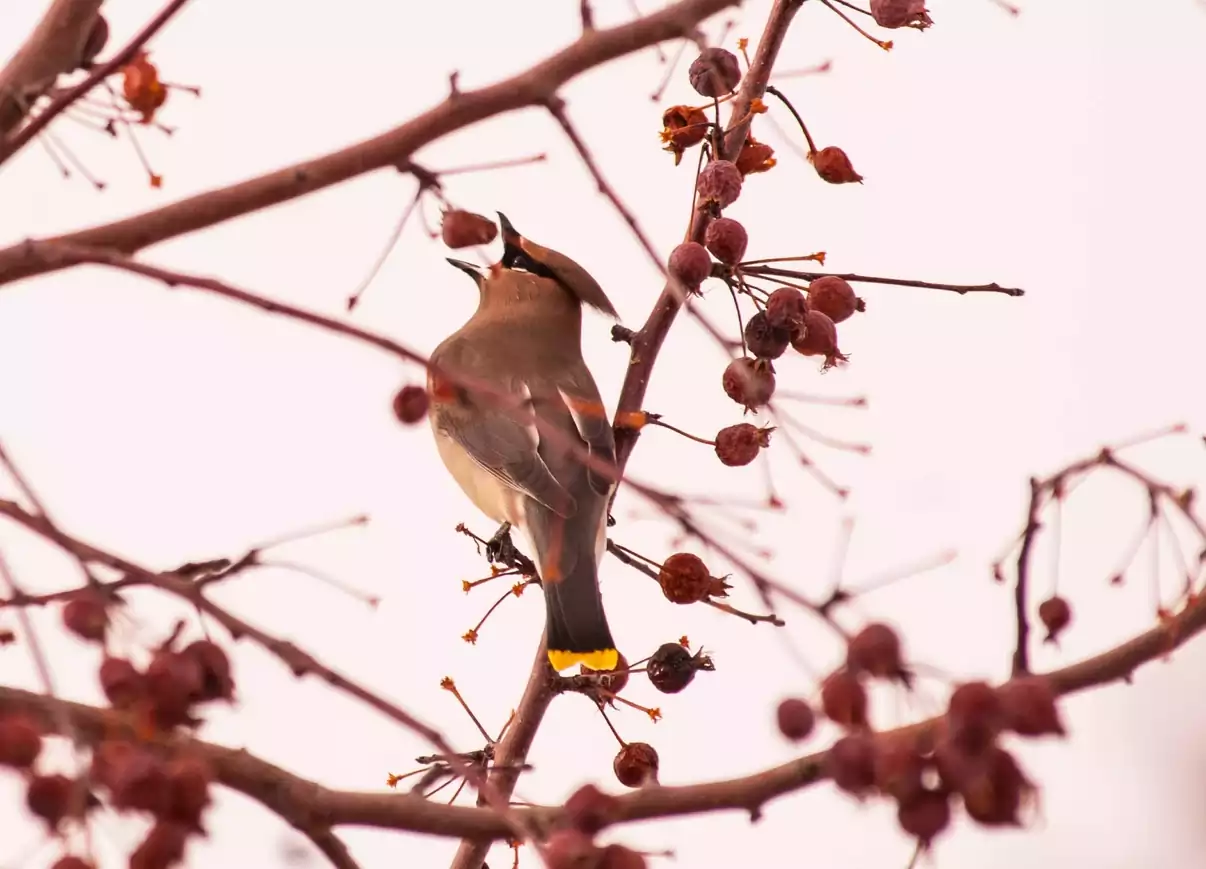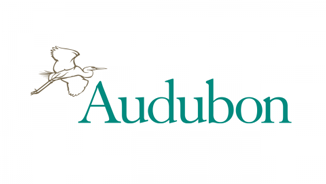
Posted May 19th 2021
Celebrate Migratory Birds with Citizen Science Initiatives
Did you know that the second Sundays in May and October are celebrated as World Migratory Bird Day (WMBD) in Canada? This year, citizens around the world participated in fun and interactive virtual events to celebrate World Migratory Bird Day in May.
People of all ages came together May 8th to show their support and to demonstrate how they like to “Sing, Fly and Soar—Like a Bird!” with exclusive webinars, tours, exhibitions and even art displays.
If you missed out on this year’s WMBD, don’t worry—in addition to October’s WMBD events, Feather Friendly®, wants to help you celebrate local and migratory bird species every day of the year. So, we’re highlighting a few species that you can look out for, and sharing a few of our favourite websites and online tools that you can use to welcome migratory birds home.
Meet Some of North America’s Migratory Birds.
If you’re a bird lover who is interested in getting involved in the community and want to learn more about birds and their role in the environment, bird watching can be a great place to start. In fact, new technology has made it easier than ever for individuals to join or volunteer for community-based birding groups, and science projects, virtually. If you missed out on WMBD in May, remember that October’s WMBD will be celebrated globally on October 9, 2021—be sure to check the WMBD website for updates on upcoming events and activities!
But, before you grab that pair of binoculars and head out the door, we want to share three common migratory species that can be found in North America, and how to identify them, so that you can better understand, and appreciate, these amazing animals.
- Ruby-throated Hummingbird: As one of WMBD’s featured species, the Ruby-throated Hummingbird is beautiful, lively and one of the only hummingbird species that breeds in North America. These bright, tiny birds are very active and can be found in gardens, and suburbs where tubular flowers or feeders are abundant! If you’re interested in attracting a Ruby-throated Hummingbird to your home, try setting up a feeder and keep watch as we head toward summer.
- Orchard Oriole: The Orchard Oriole is always early, which means many of these birds begin breeding at the start of spring before migrating to central America for the winter. Distinguished by its rust-coloured plumage, the Orchard Orioles are insectivores that are seldom found at bird feeders, although they have been known to visit hummingbird feeders. Search for the Orchard Oriole in sparse groves or along river edges—multiple Orioles will build pouch-like nests in the same tree.
- Cedar Waxwing: A mix of brown grey and yellow with vibrant, red tips on their wings, Cedar Waxwings are energetic berry-eaters that are fun to watch. Generally, you can find Cedar Waxings in large, airborne groups or locate them by ear as you listen to their high-pitched vocalizations. They’re particularly fond of fruit on juniper, cedar and winterberry trees, and are one of many species that will visit a backyard bird feeder.
According to BirdLife.org, there are roughly 350 migratory species that breed in North America. So, get outdoors and say hello!
Bird Watching is a form of Advocacy!
Although birdwatching seems more like an outdoor hobby than it does conservation work, information collected by avid bird watchers is recognized by scientists as an invaluable contribution to ornithology. And citizen science is not a new concept. Nature.com notes that some of the first modern citizen science efforts were outdoor campaigns that focused on bird counts. Because of “the sheer volume of participants and data,” citizen science helps to collect important data that can shape our understanding of birds and other species. What better way to contribute to science, and help save your favourite species, then by spending a fun afternoon bird watching?
If you’re interested in celebrating the birds, check out some of these resources that will help you not only bird watch, but also advocate for birds worldwide:
- Use the eBird App: Check out this article from eBird to learn valuable at-home birding tips, including how to make time for bird watching, how to use the app and how to record your data. eBird can be used on the go to share your sightings and store photos and recordings of your favourite birds!
- Get Involved in Citizen Science: Participate in initiatives that you feel passionate about! Find your niche through joining local or virtual citizen science projects that are related to bird conservation. The Cornell Lab of Ornithology hosts annual initiatives, like Project FeederWatch and the Great Backyard Bird Count, which allow bird lovers to celebrate birds and collect data.
- Volunteer! Whether it’s through your local Audubon chapter, FLAP Canada, or launching your own initiative, volunteering your time to protect birds can connect you with like-minded individuals and raise awareness for bird species in your city.
By participating in activities like the Great Backyard Bird Count, using the eBird app and volunteering for local organizations like FLAP Canada, citizens and community scientists help to gather vital information on bird species, habitat loss and biodiversity.
Protect Birds Everywhere with Feather Friendly®.
Give your feathered friends the protection they need after a long migration back home. Our Feather Friendly® Residential and Commercial products will provide you with an easy, durable solution to fatal bird collisions. It is our hope that, by participating in citizen science and incorporating bird-friendly design into homes, offices and landscapes, citizens can continue to support local and migrating bird species all year round. Contact us today to help the birds fly home safely each spring with Feather Friendly® Bird Deterrent Technology!
Partners
We are honoured to form partnerships with organizations who demonstrate
an ongoing commitment to bird conservation.



